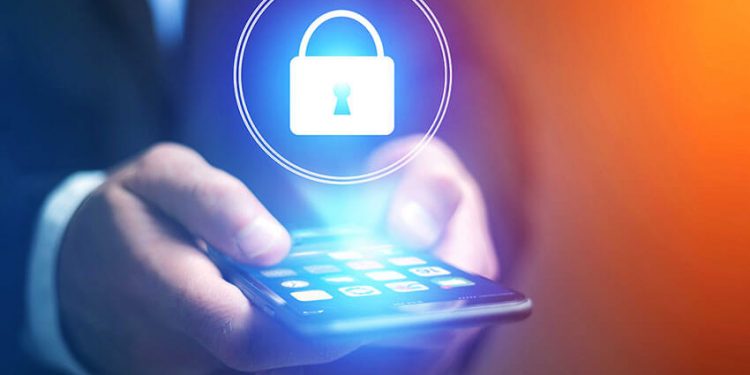The conventional methods of securing data have become insufficient in the face of constant cyberattacks in today’s fast-moving digital world. Therefore, a change in approach is necessary. The Zero Trust Framework is transforming the way businesses safeguard their valuable resources with its proactive and thorough strategy.
Imagine this scenario: In the recent past, cybersecurity assumed that anything within the network perimeter was secure. Nevertheless, cybercriminals possess exceptional skills in identifying vulnerabilities and capitalising on them. Once they gain access, they can operate surreptitiously, leading to chaos and data breaches that could incapacitate even the most robust organisations. This has necessitated a significant change in our security approach, resulting in adopting the Zero Trust Framework.
The Zero Trust Framework is a security model that operates on the principle of “never trust, always verify.” This innovative approach eliminates the need for blind trust in any entity within the network. With Zero Trust, every access attempt, whether internal or external, is subjected to rigorous scrutiny. The objective is to ensure that only authorised users, devices, and applications are granted access to sensitive data and resources, thereby considerably minimising the risk of unauthorised access and lateral movement within the network.
This blog will guide you through the essential elements of the Zero Trust structure, starting from Identity and Access Management (IAM) to Micro-Segmentation, Policy-based Enforcement, Secure Access Service Edge (SASE), and Continuous Security Monitoring. Additionally, we will examine actual instances of companies adopting the Zero Trust methodology and reaping significant advantages in enhancing their cybersecurity protections.
Introducing the Zero Trust Framework
The Zero Trust Framework operates differently from the traditional model by assuming that no internal or external entity should be trusted by default. Instead, all access attempts must be verified regardless of origin. Organizations can implement strict controls and continuously monitor user behavior to reduce the risk of data breaches and unauthorized access.
Key Components of a Zero-Trust Architecture
Identity and Access Management (IAM)
Zero Trust is built on the foundation of IAM. It entails authenticating and managing the identities of all network users, devices, and applications. MFA adds an extra layer of security by requiring additional authentication factors in addition to passwords.
Micro-Segmentation
The network is divided into smaller, isolated segments by micro-segmentation, which limits lateral movement within the network. This ensures that the attacker’s access is limited even if there is a breach.
Policy-based Enforcement
Zero Trust is based on well-defined access policies that are in line with business requirements. These policies govern who has access to specific resources and under what circumstances. Consistently enforcing policies across the organisation is critical to maintaining a strong security posture.
Secure Access Service Edge (SASE)
SASE is a cloud-based service that combines network security and wide-area networking. By integrating security and access management, SASE enables secure remote access for users and devices.
Continuous Security Monitoring
Continuous monitoring and analytics are required to detect real-time anomalous behaviour and potential threats. This enables organisations to respond to security incidents quickly.
Continuous Improvement
Investing in educational trainings are an effective solution for those seeking continuous improvement with the zero-trust architecture. Course like data security awareness training teaches trainees on essential information regarding zero-trust and equips them with other essential information that opens them to new methods of protecting the data.
Implementing Zero Trust in the Modern Organisation
It is important to take a well-planned approach to shifting towards a zero-trust framework. The initial step involves recognising crucial data and assets, comprehending user access needs, and outlining user privileges. The implementation of micro-segmentation to limit access to particular resources is imperative. In addition, incorporating IAM solutions that offer MFA capabilities can improve security and user authentication.
Real-world zero-trust success stories
Many organizations have adopted the Zero Trust Framework, and has yielded impressive outcomes. For instance, a large technology corporation managed to minimise the consequences of a possible data breach by implementing micro-segmentation and stringent access regulations. By following the tenets of Zero Trust, they successfully prevented a cyberattack and protected confidential client information. Other than that, it is known that most of the organization that were successful in preventing their data from being stolen or corrupted include one common thing and that was trainings for their employees. Therefore, you should also seek knowledge through educational programs and trainings like cyber security awareness training, so that the next time some evil tries to breach your data, you can protect it as strongly as you can!
Zero Trust and Cloud Security
The adoption of cloud technology has demanded a new approach to security. Zero-trust principles are also applicable to cloud environments, guaranteeing data protection irrespective of its whereabouts. The implementation of Zero Trust in situations involving remote and mobile workers enhances security in the face of the growing trend of telecommuting.
Future of the Zero Trust Framework
Continuous technological advancements are ensuring a promising future for Zero Trust. The integration of artificial intelligence and machine learning in emerging solutions is expected to provide even stronger security measures. The zero-trust approach is bound to evolve in order to keep up with the constantly changing cyber threat landscape.
Conclusion
The approach to cybersecurity has undergone a significant change with the adoption of the Zero Trust Framework. Relying on a perimeter-based model without verification is no longer enough to combat advanced cyber threats. The Zero Trust approach emphasises continuous verification and stringent access controls, which provide an effective solution. By implementing the Zero Trust approach, businesses can enhance their cybersecurity defences and safeguard their crucial assets, such as data and reputation.
To successfully implement Zero Trust, it is important to have a well-planned and methodical approach that considers your organisation’s specific needs. It is crucial to stay up-to-date with the latest developments and recommended practices in Zero Trust in order to stay ahead of potential cyberattacks and protect your digital environment. Embracing Zero Trust can revolutionise your cybersecurity measures for the modern era. Always stay alert and keep your defences strong.
Follow Techdee for more!





